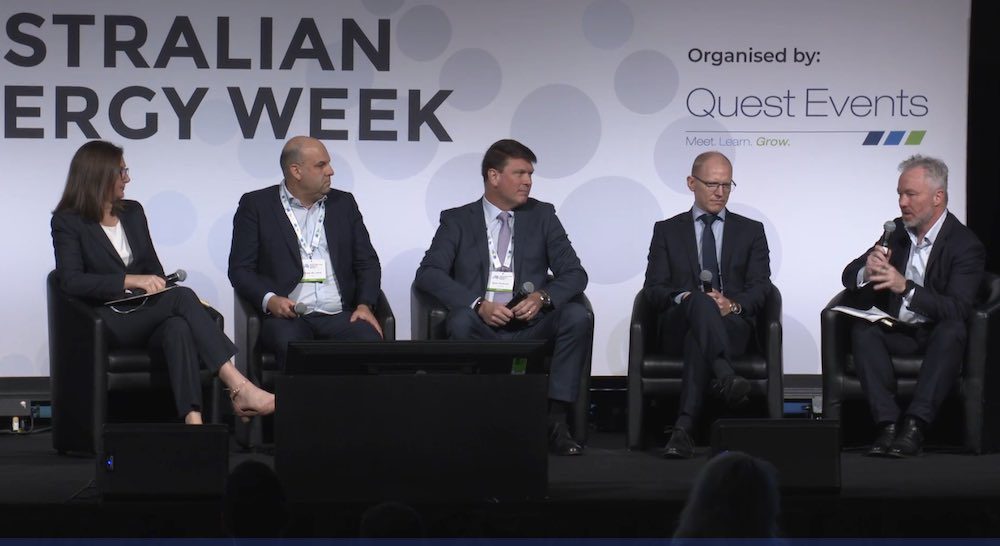The Australian Energy Market Operator has asked the big electricity generators in the main grid to confirm they have sufficient coal, gas or even water reserves for the next few months, as it raises fears about power supplies this winter.
A market notice was issued late Tuesday that called on generators to submit updates about their fuel stockpiles, or water storages, and what options they had to replenish them if the stores are depleted.
It also repeated an earlier call for generators to confirm that they an actually operate continuously at the declared availability, something that clearly has not happened in recent weeks and months.
The call comes in the wake of numerous outages that have taken up to a third, and regularly more than one quarter, of the country’s coal capacity offline.
Causes range from schedule maintenance, to unexpected outages, flood damage to supply chains, and in the case of the country’s biggest coal generator, the 2.8GW Eraring facility in NSW, not enough coal to keep all its units in operation.
Eraring’s output this year is expected to fall by around 40 per cent because of the supply problems, blamed on issues at Centennial Coal’s Mandalong mine.
The call by AEMO comes amid record high prices across the National Electricity Market due to those outages and the record high prices for coal and gas supplies, and a cold winter that on Wednesday pushed NEM demand to its highest winter peak (32GW) in more than a decade for this time of year.
State energy ministers were due to meet on Wednesday afternoon, with briefings from regulators and the likes of AEMO, over possible short term interventions in the market.
But it seems there are few options that can have an impact in the near term, although there are a myriad proposals for the medium to long term.
AEMO boss Daniel Westerman made it clear in speech on Tuesday that AEMO’s near term focus was maintaining the cap on gas prices and ensuring gas could be delivered to where it was needed.
But he said the price hikes in recent weeks and months had highlighted the the economic benefit of the transition to low-cost, firmed renewable energy.
“The sooner the nation can integrate higher levels of firmed renewables into the energy system…
the sooner we can electrify more of the economy…. and the sooner we can decouple energy costs from international factors, the sooner we can reduce stress on Australian homes and businesses,” he said.
He said AEMO’s three priorities were to ensure enough new energy supply (wind and solar) was added to the grid, along with firm capacity (including storage), and transmission lines.
He said it was clear from the latest Integrated System Plan – the latest version of which will be released at the end of this month – that firmed renewables was the most economic option going forward.
“To put downward pressure on energy prices, Australia needs to maximise the flow of energy from the cheapest form of electrons … those made by the sun, wind, and water… firmed by the appropriate capacity,
stabilised with the right system characteristics … and sent through transmission and interconnectors to consumers where they’re needed,” he said.
Westerman said the latest ISP would include an updated roadmap to integrate “greater levels of cheap, clean, renewable generation, and the right firming capacity” into the NEM.










